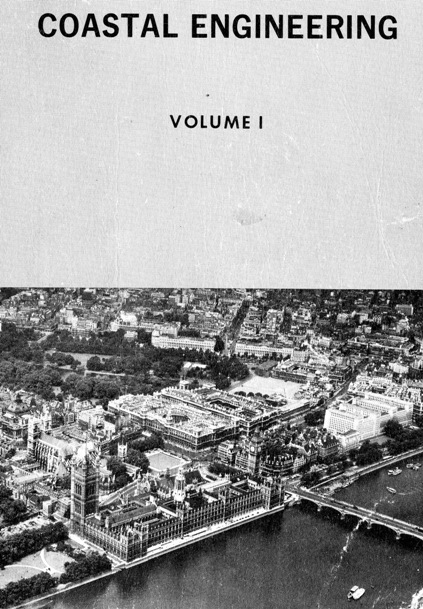Abstract
A study involving the determination of the bed shear stress and thence shear velocity in the Narrows of the River Mersey (a well mixed tidal estuary) is described. The two dimensional equation of motion is examined and it is concluded that in order to determine the energy slope (S) (and thence the shear stress and shear velocity) it is essential to evaluate density, inertia and kinetic energy terms as well as surface slopes. Although the density term is much smaller than the other terms it is important at periods of low slack-water. Measurements of the various terms are described and attention is drawn to the difficulties arising m the case of the surface slopes. Comparison is then made between the values of the shear velocity as predicted from the energy slope and those obtained using velocity traverses throughout the depth and with measurements of velocity at three fixed positions near to the bed. Finally consideration is given to the relationship between the cross-sectional mean velocity (U), the depth-mean velocity (U) and velocity at 3ft. above the bed (U,) and the shear velocity obtained from the energy slope. It is concluded that there is good linear correlation of each of these velocities (U, U and U ) with the shear velocity throughout the tidal cycle except for the period around low slack-water.
Authors retain copyright and grant the Proceedings right of first publication with the work simultaneously licensed under a Creative Commons Attribution License that allows others to share the work with an acknowledgement of the work's authorship and initial publication in this Proceedings.

